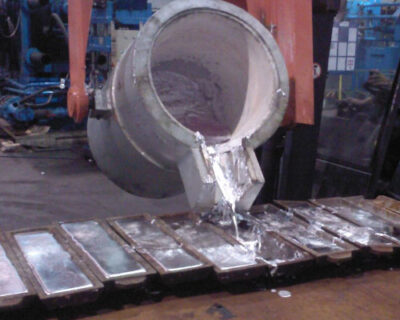For a long time, cast aluminum alloy has been widely used in industry because of its low price, lightweight, and reliable performance. In particular, with the increasing demand for lightweight rail transit materials in recent years, A356 aluminum alloy, as the most widely used cast aluminum alloy, has good casting fluidity, good airtightness, small shrinkage and small hot cracking tendency. After modification and heat treatment, it has good mechanical properties, physical properties, corrosion resistance, and good mechanical processing properties, which is similar to steel wheel hub Compared with, aluminum alloy wheel hub has the advantages of lightweight, safety, comfort, and energy-saving, and has been widely used in automobile and aviation industry.
However, due to its solidification shrinkage and easy to dissolve hydrogen in the molten state, cast aluminum alloy inevitably contains a certain number of defects, such as voids, oxides, and non-metallic inclusions. These defects have a great impact on the mechanical properties of components, such as voids with 1% volume fraction will lead to 50% fatigue and 20% reduction of fatigue limit. Therefore, it is of great significance to study the influence of the nature, quantity, size, and distribution position of defects on the mechanical properties.

Cast Aluminum Alloy Defect Analysis
Fracture defect analysis is an important way to analyze the fracture mechanism of aluminum alloy. The defects observed in the samples include shrinkage porosity, shrinkage cavity, pinhole, non-metallic inclusion and slag inclusion, alumina film. Hydrogen and impurities are the main causes of defects. AdTech offers online degassing unit for hydrogen removal, and CFF filtering unit for purifying impurities.
To reduce the gas content in the melt, such as oven drying thoroughly, refining agent and necessary tools baking thoroughly, reducing the water content of various materials, preventing the melt from being too long in the furnace, preventing the melt from overheating, etc.
In order to reduce the size of the transition zone in ingot, such as using the proper funnel to supply uniform flow, properly increasing casting temperature and decreasing casting speed, properly increasing water pressure to improve ingot cooling strength, properly reducing the temperature difference.

